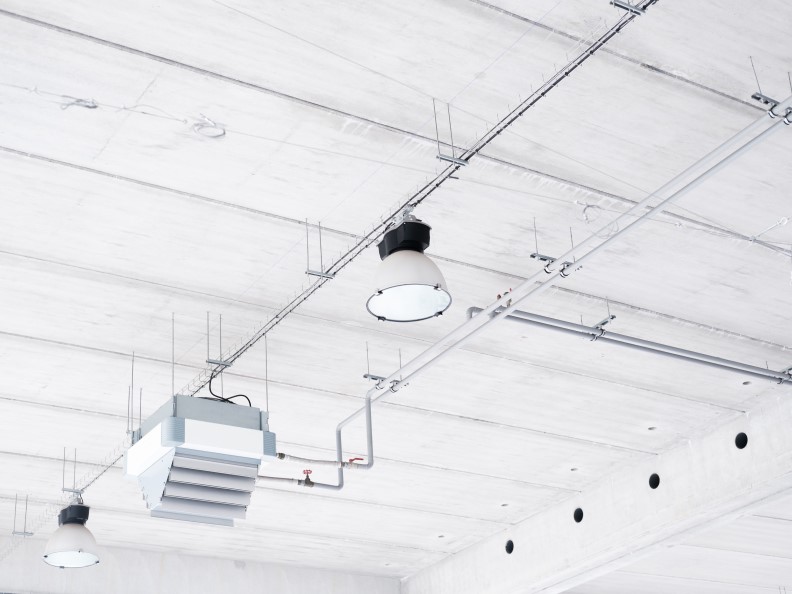Demand Control Ventilation (DCV): A Typical Sequence of Operation Based on Occupancy Sensor Sets

DCV leads to more efficient HVAC installations, while improving indoor air quality. Basically, a DCV system provides just the right flow of air based on floor area and occupancy, instead of using the maximum flow rate available from fans all the time. However, DCV is only effective with adequate controls.
The main control input for a DCV system is occupancy, which is often determined based on the carbon dioxide concentration in the air. However, the airing system must respond to various data inputs:
- Separate CO2 sensors are used in multi-zone designs, and the outdoor air must be enough for all zones.
- There may be other control inputs other than occupancy. For example, an economizer increases the outdoor air supply when it has a suitable temperature to provide free indoor cooling.
- DCV systems can be enhanced to also monitor air pollutants. The corresponding sensors may indicate that an increase of the flow of air is required, even when the CO2 concentration is low.
DCV systems are often confused with VAV systems (variable air volume), but the concepts are not equivalent. VAV is a general term for all air circulating systems that can adjust their flow rate, but the term DCV only applies if the OA is adjusted based on the number of occupants. In VAV configurations, the total airflow is controlled based on the temperature setpoint. DCV only determines the outdoor air fraction of the total air circulating the system.
How to Control a DCV System?
As mentioned above, a DCV system will have several sensor inputs that determine its operating parameters. In general, the airing system must provide an outdoor air supply that meets the most demanding of all inputs at any given time. However, this may change depending on local building codes.
Under normal conditions, the input from CO2 sensors will determine the outdoor air required, which is increased and decreased as occupancy changes. In this case, the OA damper is controlled based on CO2 levels. This applies for a basic DCV system without enhancements.
If the HVAC installation has an economizer,instead of an OA damper, it will send a signal to increase the OA when its temperature is suitable to cool the building interior. This increases fan power, but achieves a higher reduction of air conditioning costs. In this case, the control system must be capable of giving priority to the economizer.
When other polluting substances are monitored in addition to CO2, the control system must override the normal DCV operation at times when air pollution is high. This means increasing the flow rate even if occupancy has not changed.
How Building Codes Influence DCV Controls
There may also be cases when air pollution decreases even if occupancy has remained constant. In this situation, the outdoor air supply can be reduced only if building codes allow it. Consider that ASHRAE standards provide both the Ventilation Rate Procedure (VRP) and the Indoor Air Quality Procedure (IAQP). While the VRP is based on minimum air supply values, the IAQP allows a design that responds to key air pollutants. However not all local building codes adhere to this ASHRAE standard.
- If local building codes make the VRP mandatory, air supply cannot be reduced below the calculated value according to occupancy. It can only be increased in response to air pollution or the airside economizer.
- On the other hand, if building codes allows the IAQP, the air supply can be decreased in response to air pollution only. There is no need to keep a minimum OA based on occupancy, as long as key pollutants are monitored and controlled.
Some applications don’t require a CO2 sensor, allowing a simpler and less expensive type of occupancy sensor. Restroom extractors are an example: they are off when the restroom is empty, and they run at full cfm when at least one person is present. This does not require CO2 monitoring, and can be accomplished with a simpler infrared sensor.
A DCV system must respond to the highest air supply requirement among all control inputs present. As operating conditions change, the air supply may be determined by occupancy, air pollution, or the control signal of an airside economizer.
Related articles: